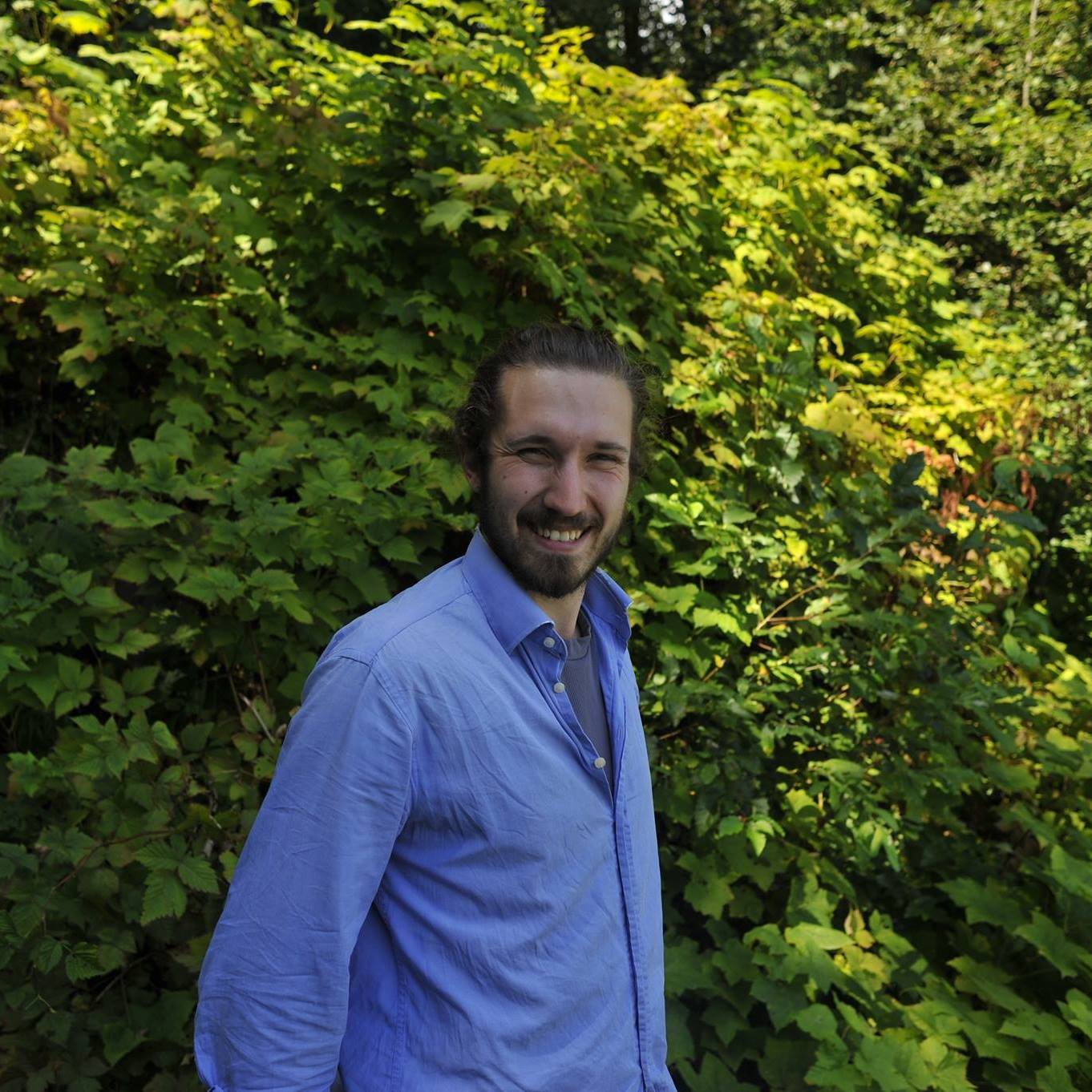Faces of ESLR: Jonathan St-Onge
I just started a PhD in computational social science at the Centre Marc Bloch in Berlin. My research focuses on so-called echo chambers, but I am also interested in fragmentation of online public spaces more generally.
The idea of echo chambers is kind of intuitive, at first. They are metaphorical chambers on the internet that insulate you from the outside world. A space where your own beliefs reverberate to the extent that you might live in a different world than your neighbours. But I find that when we take a closer look, it is not clear at all what it is and how to study it. We might say that it is related to polarization. We get echo chambers when online communities are polarized for whatever reasons. Then, one needs to define polarization, and the last time I’ve checked I could find at least nine definitions of it. To what extent the social mechanisms underlying echo chambers are novels? Is the internet radically changing the way we gather together in self-confirmatory ways, or it’s kind of our thing.
One way that my team and I are tackling this is with sociosemantic networks. The gist here to study echo chambers by appraising the social, semantic, and sociosemantic of it. In a nutshell, there is confinement of users when they essentially discuss among their groups (interactional clusters) or when users are only confronted with the same subset of opinions (informational clusters). Then, we are interested in how the two interact.
Now, what is all of the above has to do with social learning and cultural evolution?
Well, one might think that the study of social learning biases, cultural niche construction, the ratchet effect, and cultural group selection might have something to say about echo chambers and sociosemantics networks. Echo chambers look like a very cultural phenomenon. As is the case in local cultures, these are spaces to share and create new traditions. We can expect people in online digital communities to have the same old social learning biases, e.g. prestige bias, success bias, and so on. From a niche construction perspective, one might think that the creation of echo chambers is a process whereby humans actively modify their selective (digital) environments, which in turn feedback on our sociocultural behaviours. If it is the case, then we might have what we could refer to as digital niche construction!
What really got me excited about studying echo chambers is to take what I know from cultural evolution theory and use it to understand this new phenomenon of the digital age. Most importantly, as there are notable differences between biological and cultural evolution, we might expect quite a few differences between cultural evolution theory for “traditional” settings and for the digital age. In the latter, teachers get to teach thousands, and even hundreds of thousands of students. Long-range ties, or edges that transcend local communities, most notably through social media have far-reaching consequences for how cultural traits are selected and recombined. Not only digital niches extend further than ever before, but they are characterized by the modification of the digital public spaces through cultural artifacts designed to grab the attention of their users. These are the types of differences I intend to explore in my PhD. I welcome any advice and references on the subject matter!
I also intend to use a mix of network theory, probabilistic programming, and natural language processing to model the structure and dynamics of sociosemantic networks. One thing that I am currently most excited about is to try to model networks in STAN and better understand mixture models.
About the author
A former philosopher of science and cognitive scientist, Jonathan St-Onge now pursues a PhD in computational social science at the Center Marc Bloch in Berlin. As a cultural evolutionist, he aims to better understand so-called echo chambers, and more broadly fragmentation in online digital communities, through the lens of cultural evolution theory. He is especially interested in taking what we know from cultural evolution theory and use it to understand new phenomena unique to the digital age. He uses a mix of network theory, probabilistic programming, and natural language processing to get that done.
